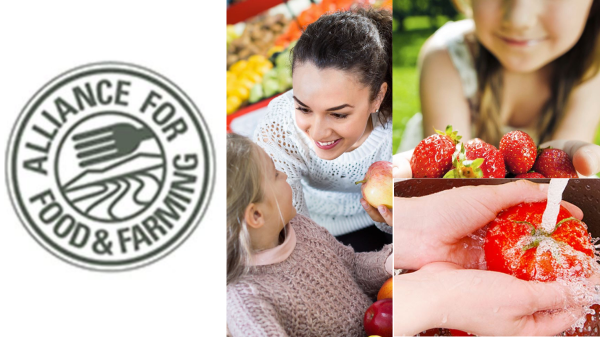March 18, 2024 WATSONVILLE, Calif.–(BUSINESS WIRE)–Peer reviewed research published in the Journal of Toxicology found that the recommendation in the “Dirty Dozen” list to substitute organic forms of produce for conventional does not result in any decrease in risk for consumers because residues on conventionally grown are so low, if present at all.
The research also found that the list authors follow no scientifically established methodology in the development of their list.
Further, the U.S. Department of Agriculture’s (USDA) Pesticide Data Program (PDP) consistently finds that over 99% of foods sampled had residue levels well below Environmental Protection Agency (EPA) safety standards with over 27% having no detectable residues at all. According to the USDA: “Based on the PDP data, consumers can feel confident about eating a diet that is rich in fresh fruits and vegetables.”
And the EPA states: “EPA is confident that the fruits and vegetables our children are eating are safer than ever. EPA evaluates new and existing pesticides to ensure that they can be used with a reasonable certainty of no harm to infants and children as well as adults. EPA works continually to review and improve safety standards that apply to pesticide residues on food.”
The “Dirty Dozen” list authors admit that their list does not assess risk nor do they apply basic tenets of toxicology in the development of their list. From Environmental Working Group’s (EWG) “Dirty Dozen” report: “The Shoppers Guide does not incorporate risk assessment into the calculations. All pesticides are weighted equally, and we do not factor in the levels deemed acceptable by the EPA.”
In a report released by the Centers for Disease Control (CDC), only one in 10 Americans consume enough fruits and vegetables each day, which is unchanged from previous survey levels announced almost a decade ago. The report states that those living below or close to the poverty level were the least likely to meet vegetable recommendations.
From the CDC: “Continued efforts to increase fruit and vegetable consumption by improving access and affordability in diverse community and institutional settings will help mitigate health disparities among U.S. residents. Additional policies and programs that will increase access to fruits and vegetables in places where U.S. residents live, learn, work, and play, might increase consumption and improve health.”
“Consumers can and should disregard these types of lists,” says Dr. Sylvia Klinger, DBA, MS, RD, founder of Hispanic Food Communications who serves on the AFF’s Management Board. “Simply follow the advice of dietitians and health experts and choose the fruits and vegetables that you enjoy, are affordable and accessible for you and your family, but choose to eat more every day for better health and a longer life.”
For consumers who are still concerned about residues, the Food and Drug Administration (FDA) states that washing fruits and vegetables under running tap water often removes or eliminates any residues that may be present. (Never use soaps or detergents to wash produce.)
Learn more about the safety of all produce at www.safefruitsandveggies.com.
The Alliance for Food and Farming is a non-profit organization formed in 1989 which represents organic and conventional farmers. Alliance contributors are limited to farmers of fruits and vegetables, companies that sell, market or ship fruits and vegetables or organizations that represent produce farmers. Our mission is to deliver credible information about the safety of fruits and vegetables.
Contacts
Teresa Thorne
(831) 786-1666 Office
tthorne@foodandfarming.info



